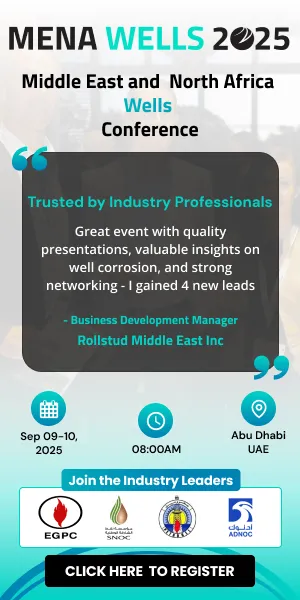Maintaining subsea pipelines is an essential task for oil and gas operators. Ensuring safe offshore operations to compliance with legal regulations, the importance of subsea pipeline upkeep cannot be understated
It is important that the equipment used in flow assurance processes is accurate and reliable, able to find pipeline integrity issues quickly as well as calculate wall thickness to a high degree of accuracy. All of this must be obtained with minimal disruption to the pipelines in operation.
There are many issues which present challenges for pipeline inspectors, and if the challenges are not met, there can be costly consequences for operators.
It isn’t always possible to carry out regular in-line inspections of subsea pipelines, and this is one of the biggest culprits of poor maintenance.
In this instance, operators may fall back on ‘hotspot’ inspections in localised areas. From this, more inspections can be carried out – but it isn’t efficient nor cost-effective to do this.
By using a field-proven subsea CT scanner, operators can eliminate the need for these hotspot inspections.
Instead, the software can find defects and inform the operator whether or not these issues are impacting the pipeline enough to push it out of its specified tolerance.
With these issues accounted for, operators can then undertake a more detailed scan of that area, rather than extending the scanning scope blindly after hotspot inspections.
Powerful scanning technologies, however, can be transformative for operators.
One of the biggest advantages of field-proven subsea CT scanners is its ability to use non-intrusive scanning methods which can penetrate any pipeline coating or covering.
For example, one such subsea pipeline inspection scanner, Discovery, can scan for wall thickness in a number of different pipeline systems, from risers, piggyback lines, and pipe-in-pipe.
A further benefit of using field-proven subsea CT scanners such as Discovery is that the system’s technology is already proven and reputable, through recognition accredited by maritime classification society Lloyd’s. For example, with more than 2,000 scans and numerous accurate readings and findings in its repertoire, this scanner can surely help operators in the industry the world over.
Not only does implementing such a scanner help save time, it also helps financially – operators could see savings of up to one-third on inspection campaigns by using a more accurate method than traditional scanning or hotspot inspections.





